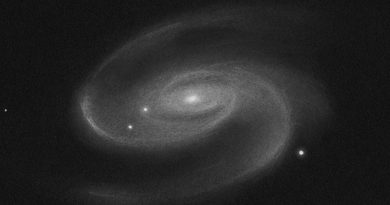Meet the Amateur Astronomers at Tele Vue Optics #1
Tele Vue Optics was founded by an amateur astronomer, Al Nagler, and it is no surprise that amateur astronomers have been drawn to fill the ranks of Tele Vue employees. In this week’s blog, we meet one of the amateur astronomers at Tele Vue.
Jon Betancourt
Customer Care
Jon is a Chicago native born and raised. Before joining Tele Vue Optics, he worked for 8-years on the retail side of amateur astronomy, splitting his time between 20/20 Telescopes outside Chicago and Woodland Hills Camera & Telescopes in Los Angeles. In this blog post we interview Jon about the “many hats” he wears at Tele Vue headquarters.
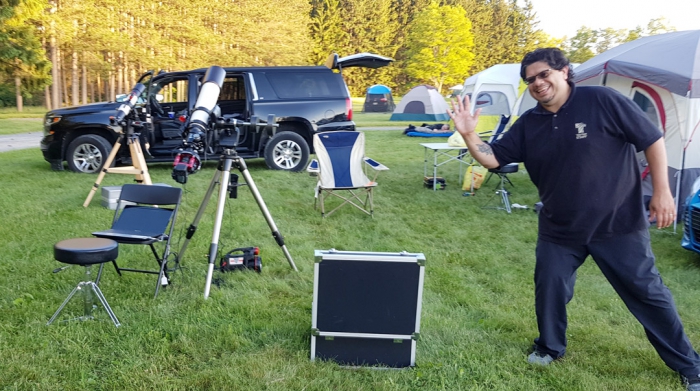
One role you’ll often find Jon fulfilling is quality control on Tele Vue eyepieces. Unlike other manufacturers, that may inspect a representative sample (or none at all), every single Tele Vue eyepiece is checked before going out the door. You might assume that inspecting and boxing dozens of eyepieces a day is tedious. But not for Jon. “I find it therapeutic,” he says while inspecting a 55mm Plössl for cosmetic defects under the glowing fluorescent ring of a magnifier lamp. He eschews the built-in magnifier on the lamp because he feels he sees more just holding the eyepiece close to his eye.
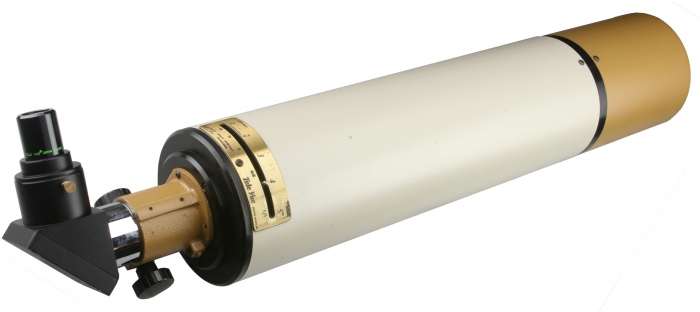
“Helping people obtain the goals they set for themselves in this hobby,” is his favorite task at Tele Vue. This means resolving connection issues between scopes, cameras, mounts, and service issues with Tele Vue gear. He’s speaking now after installing the 55mm Plössl in a Tele Vue 5-in, f/4 MPT (Multi-Purpose Telescope). The adjustable iris on the MPT lets him inspect the eyepiece for dust at f/20 and optical anomalies at f/4.
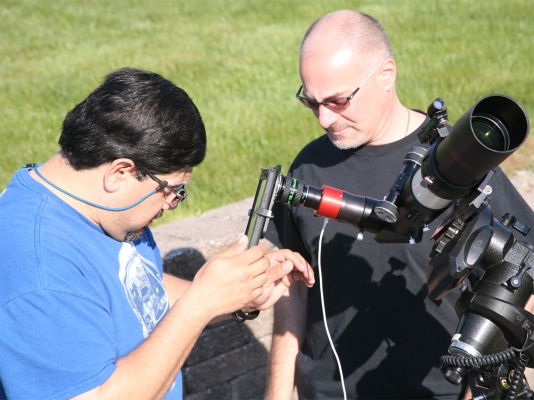
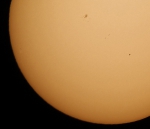
“Customers’ dropped eyepieces,” responds Jon when asked what is the most common repair issue with our eyepieces. Another common support call arises from perplexed owners staring at glass lenses, spacers, and retainers spread out on their kitchen table. This is a result of a misguided attempt at “cleaning” our eyepieces. (Please call Tele Vue before attempting to unscrew anything!) Jon recounts the time a customer was so thrilled with his over-the-phone instructions, on how to reassemble a 35mm Panoptic eyepiece, that the customer left a glowing review of Jon on an online astronomy forum.
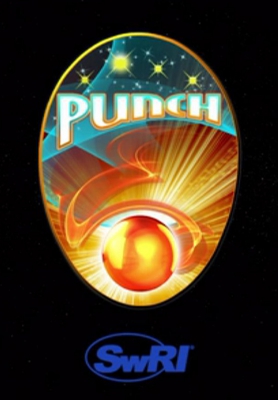
Now polishing the 2″ chrome barrel of the big Plössl before packaging it for sale, he says his most favorite project at Tele Vue was assembling the prototype optics for the PUNCH (Polarimeter to Unify the Corona and Heliosphere) space mission. Part of NASA’s Small Explorers Program (SMEX), the mission goal is to understand the interactions between the planetary medium and the Solar atmosphere. It consists of four microsats that will survey the inner solar system in polarized light using optics designed and manufactured by Tele Vue. A big grin spreads across Jon’s face when asked why that was special to him. “Because I got to work on a part of a project that will eventually end up in space,” the long-time “space geek” replied. With his expertise in repairing our exotic eyepieces, it was only natural that he’d be the perfect choice for that mission.
Jon also likes to image with Tele Vue gear.

One of Jon’s favorite scopes is the Tele Vue-NP127is (mobile site). It is an amazing “Saturn to Solar” scope, says Jon, recounting an 8-hour observing session that started with Saturn and ended after sunrise doing Solar observations with a DayStar Quark. “Built like a tank, it’s not really heavy or cumbersome to move around,” he says. Jon likes that he can switch from it’s native 4° wide-field at f/5.2 to f/26 and 3,300-mm effective focal length with a 5x Powermate (mobile site) for serious planetary imaging.
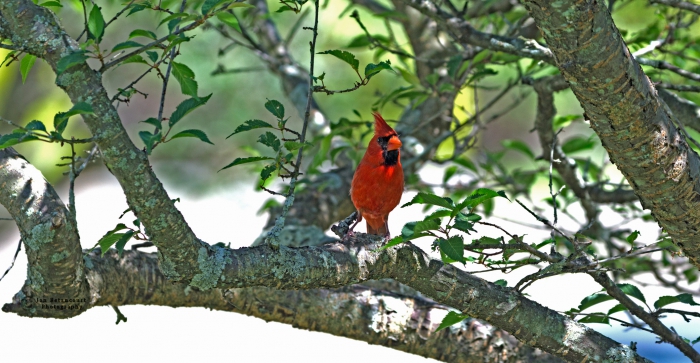
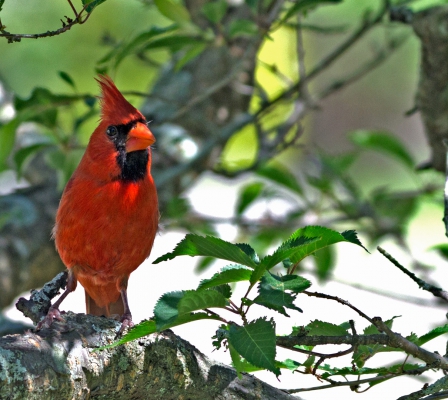
- See Tele Vue APO Design and Build “Secrets” blog post for a glimpse of how our employees build our gear.





